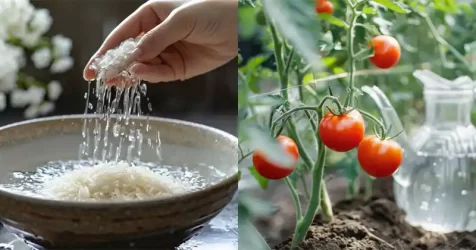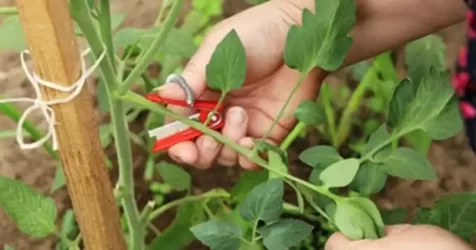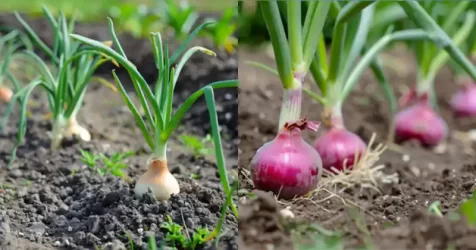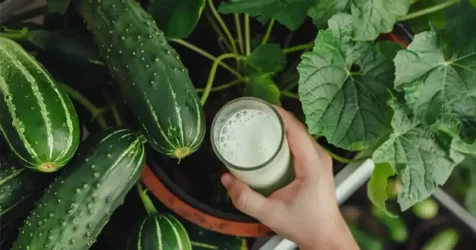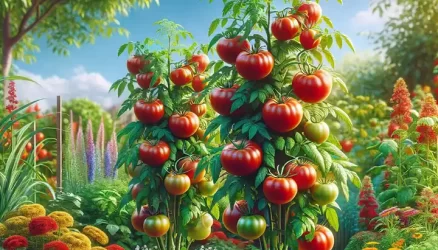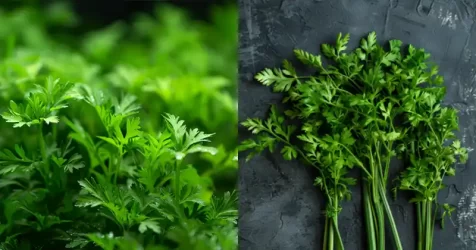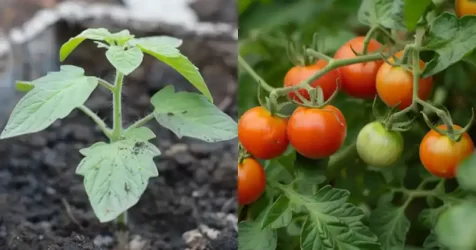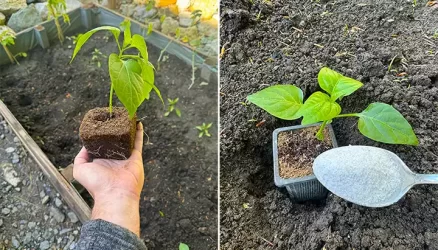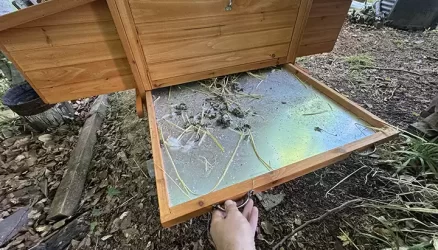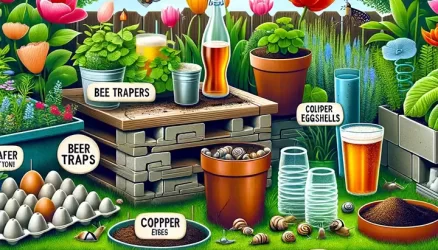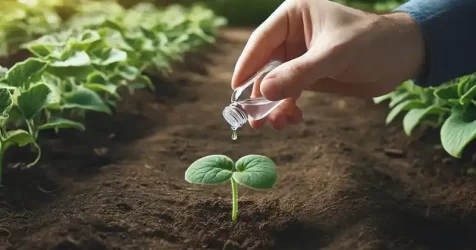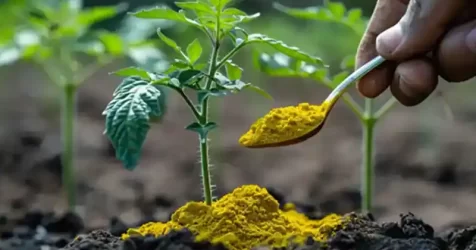How to Use Epsom Salt for Brighter, Blooming Roses
When discussing rose gardening with enthusiasts, one common theme often arises: the feeling of being overwhelmed. Growing roses might seem like a complex and demanding endeavor, given the numerous varieties and their unique requirements. However, it doesn’t have to be as complicated or stressful as it may seem.
You can start with just one plant and gradually develop your love for these beautiful garden gems. I used to be hesitant about growing roses because they seemed fussy and unrelated to cooking, but that perception changed when I realized their true potential.
The Benefits of Epsom Salt for Your Roses
Epsom salt, or hydrated magnesium sulfate, has a simple chemical composition. Plants of all kinds can quickly absorb magnesium and benefit significantly from its application when properly diluted in water. Here are some advantages of using magnesium sulfate for your garden plants:
- Enhances the flavor of tomatoes, vegetables, and fruits.
- Supports efficient nutrient absorption.
- Promotes more blooms and fruit.
- Accelerates plant growth.
- Acts as a deterrent to pests like snails and slugs.
- Improves seed germination and chlorophyll production.
While Epsom salt can be beneficial, it’s essential to test your soil before using it as a supplement. You can use Epsom salt to address magnesium deficiencies, which can promote fruiting, flowering, and overall plant growth.
Is Epsom Salt Good for Roses?
Devoted rose enthusiasts frequently use Epsom salt to enhance the health of their plants. Epsom salt can help stimulate lush, dark green foliage, creating a beautiful backdrop for vibrant, stunning flower buds. The additional magnesium content aids in chlorophyll production, resulting in intense, rich colors.
By supplementing your roses with Epsom salt, you can support slow-release fertilizers and encourage the growth of more soil breakouts (shoots that emerge at the base of the plant). This leads to lush foliage and increased flower size and abundance. To achieve the best results, apply Epsom salt when you notice new growth and again when the roses begin to bloom.
Using Epsom Salt on Your Roses:
- Incorporating Epsom Salt into the Soil:
When planting shrubs like knockout roses, give the roots a good soak in a gallon of warm water mixed with 1/2 cup of Epsom salts.
When planting new shrubs, add a tablespoon of Epsom salt to the bottom of the hole, cover it with soil, and place the plant on top. - Adding Epsom Salts to Established Plants:
For mature roses, apply a top dressing of Epsom salt around the plants, using approximately one tablespoon for each rose bush that’s a foot tall.
Thoroughly soak the area. You can use a top dressing once a month throughout the growing season. - Using Epsom Salts as a Foliar Spray:
While applying Epsom salt directly on rose petals should be done with caution due to the risk of powdery mildew, using it as a foliar spray is effective. To create a foliar spray, mix one tablespoon of Epsom salts with one gallon of water for each foot of bush height. Spray the leaves as they start to open in the spring and when the roses begin to bloom.
Epsom salt has been a valuable tool for gardeners, especially rose enthusiasts, for many decades. It provides numerous benefits to plants and soil, is safe when used in moderation, and is a cost-effective solution. Many gardeners of all kinds swear by its effectiveness, even though some of its claims have not been scientifically proven.



